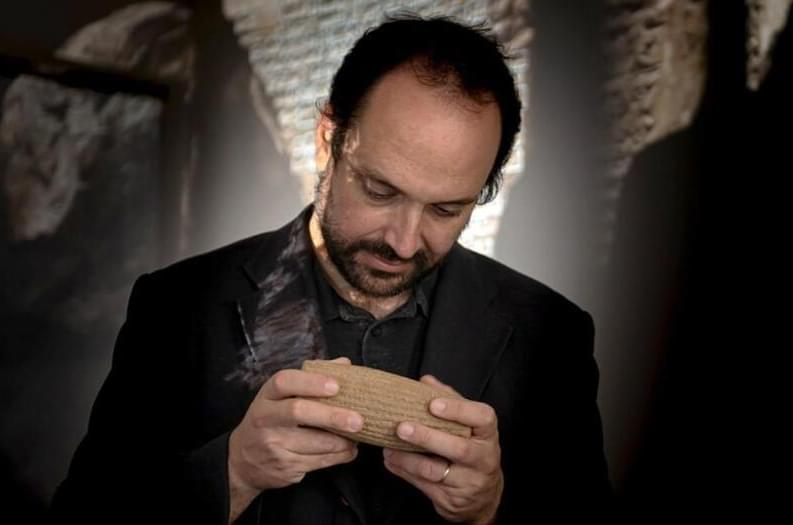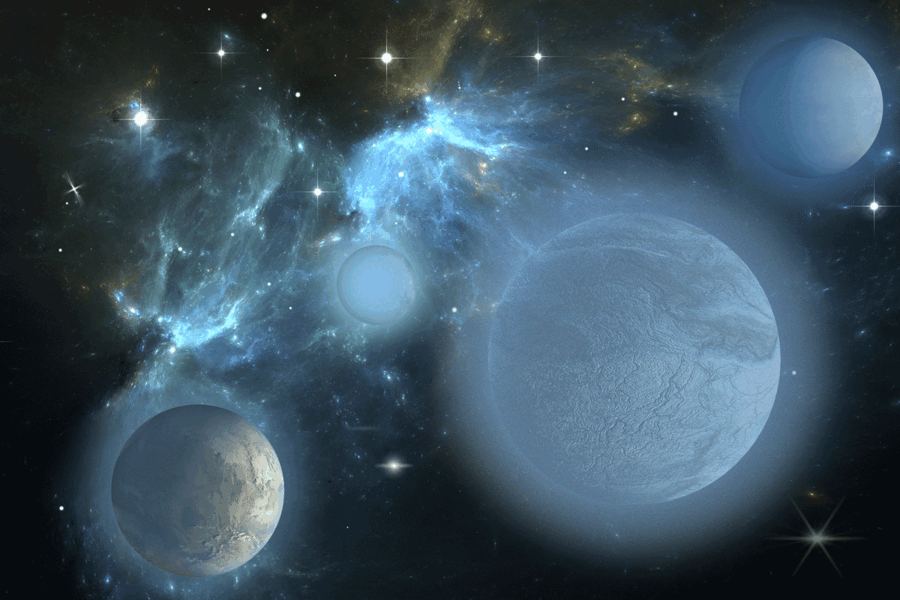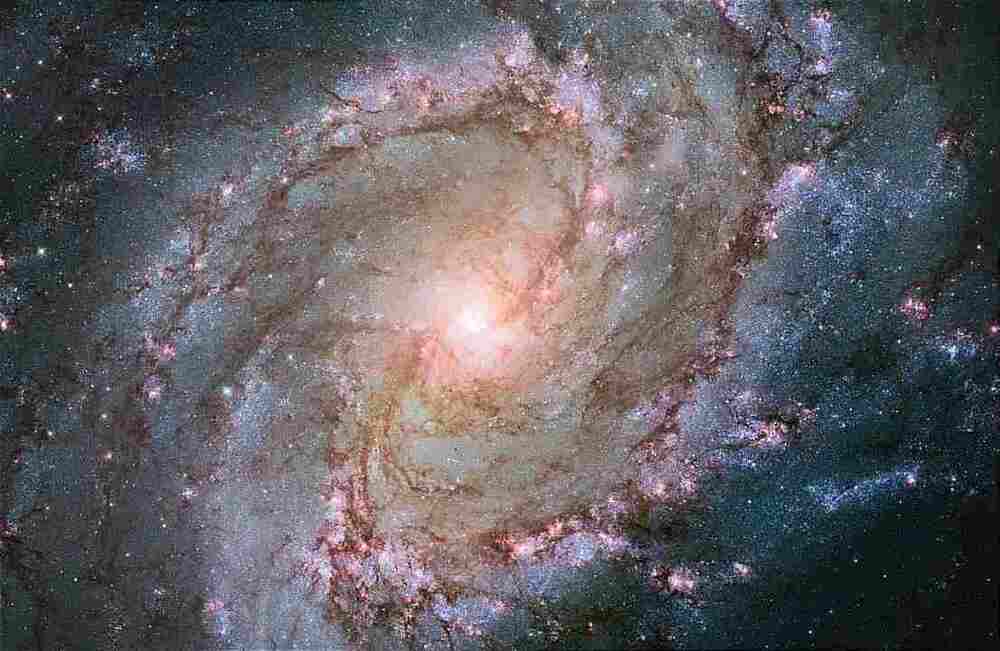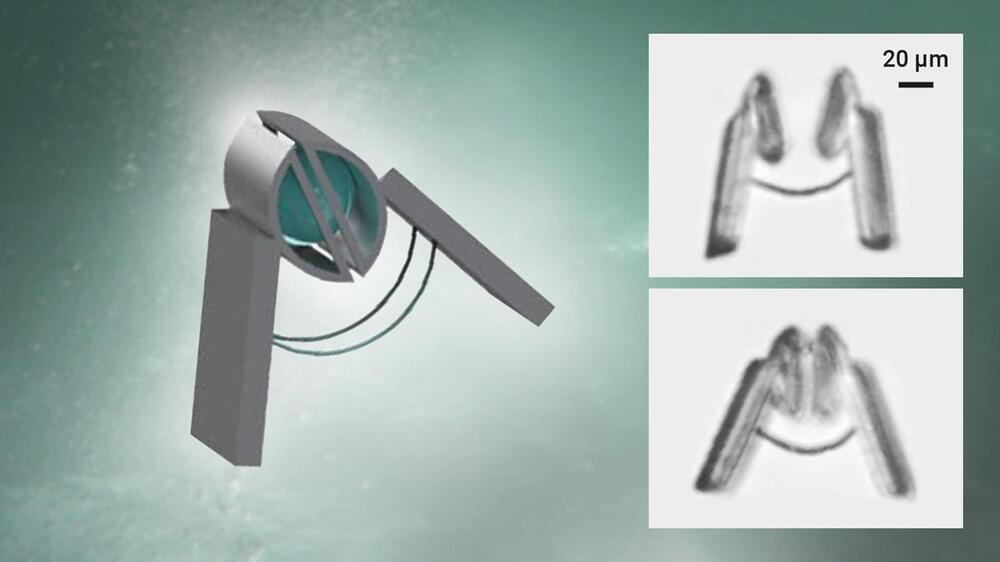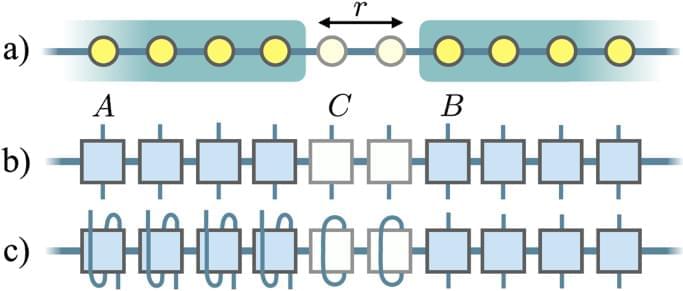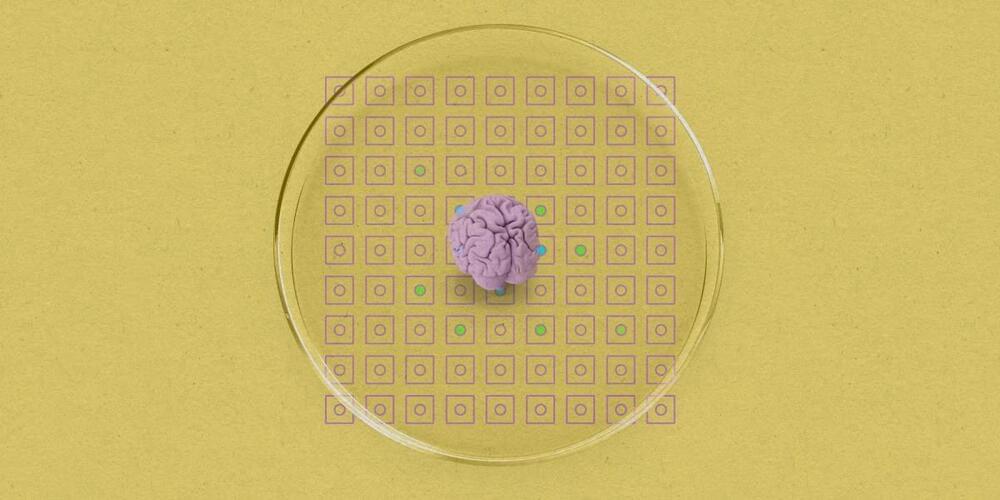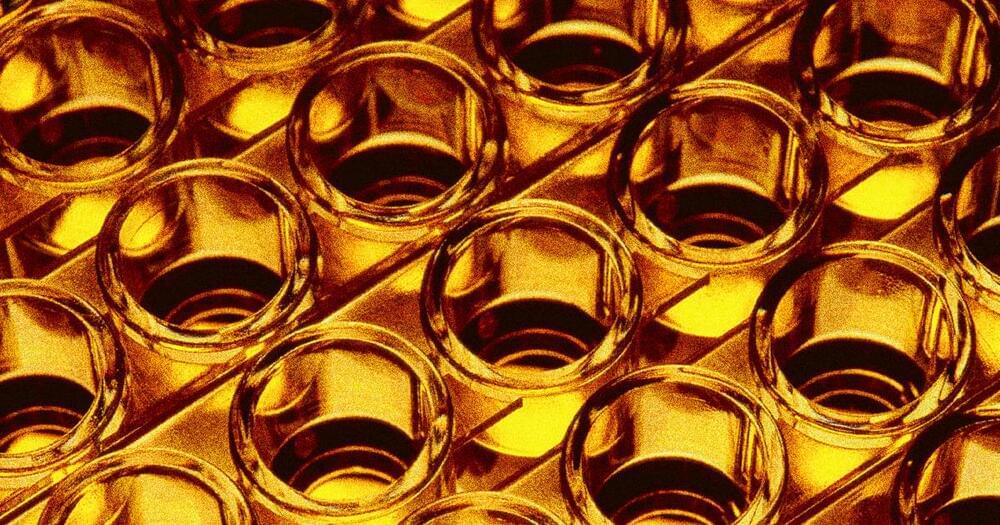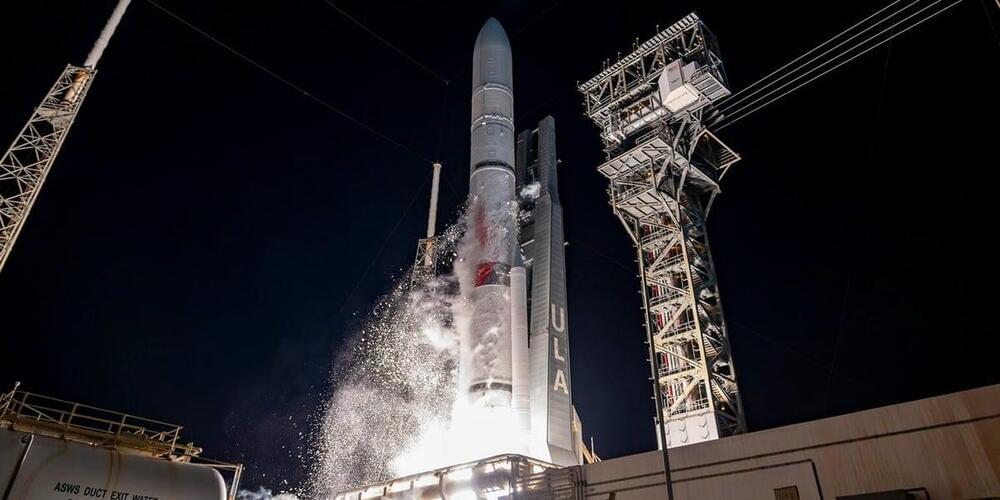Jan 8, 2024
AI is helping decode the oldest story in the world
Posted by Kelvin Dafiaghor in categories: information science, life extension, robotics/AI
German researchers are developing an algorithm to help decode ancient cuneiform tablets — including those containing the oldest known work of world literature.
Ancient poem: The Epic of Gilgamesh is a Babylonian poem first written in cuneiform characters on clay tablets around 4,000 years ago. It tells the story of Gilgamesh, the king of the city of Uruk, and his quest for immortality.
Continue reading “AI is helping decode the oldest story in the world” »
